AARP Hearing Center


CHAPTER 5
CONKLIN AND I JOINED the patrol cops who were talking to the Vault’s freaked-out customers, now milling nervously in the taped-off section of the street.
We wanted an eyewitness description of the shooter or shooters in the act of killing two women in the bar.
That’s not what we got.
One by one and in pairs, they answered our questions about what they had seen. It all came down to statements like I was under the table. I was in the bathroom. I wasn’t wearing my glasses. I couldn’t see the bar. I didn’t look up until I heard screaming, and then I ran to the back.
We noted the sparse statements, took names and contact info, and asked each person to call if something occurred to him or her later. I was handing out my card when a patrolman came over, saying, “Sergeant, this is Ryan Kelly. He tends bar here. Mr. Kelly says he watched a conversation escalate into the shooting.”
Thank God.
Ryan Kelly was about twenty-five, with dark, spiky hair. His skin was pale with shock.
Conklin said, “Mr. Kelly, what can you tell us?”
Kelly didn’t hesitate.
“Two women were at the bar, both knockouts, and they were into each other. Touching knees, hands, the like. The blonde was in her twenties, tight black dress, drinking wine coolers. The other was brunette, in her thirties but in great shape, drinking a Scotch on the rocks, in a white dress, or maybe it was beige.
“Three guys, looked Mexican, came over. They were dressed right, between forty and fifty, I’d say. The brunette saw their reflections in the backbar mirror and she jumped. Like, Oh, my God. Then she introduced the blonde as ‘my friend Cameron.’ ”
The bartender was on a roll and needed no encouragement to keep talking. He said there had been some back-and-forth among the five people, that the brunette had been nervous but the short man with the combed-back hair had been super calm and played with her.
“Like he was glad to meet her friend,” said Kelly. “He asked me to mix him a drink called a Pastinaca. Has five ingredients that have to be poured in layers, and I had no open elderflower. There was a new bottle under the bar. So I ducked down to find it among a shitload of other bottles.
“Then I heard someone say in a really strong voice, ‘No one screws with the King.’ Something like that. There’s a shot, and another right after it. Loud pop, pop. And then a bunch more. I had, like, a heart attack and flattened out on the floor behind the bar. There was screaming like crazy. I stayed down until our manager found me and said, ‘Come on. Get outta here.’”
I asked, “You didn’t see who did the shooting?”
Kelly said, “No. Okay for me to go now? I’ve told this to about three of you. My wife is going nuts waiting for me at home.”
We took Kelly’s contact information, and when Covington signaled us that the Vault was clear, Conklin and I gloved up, stepped around the dead men, their spilled blood, guns, and spent shells in the doorway, and went inside.
CHAPTER 6
I KNEW THE VAULT’S layout: the ground floor of the former bank had been converted into a high-end haberdashery. Access to the nightclub upstairs was by the elevators at the rear of the store.


























































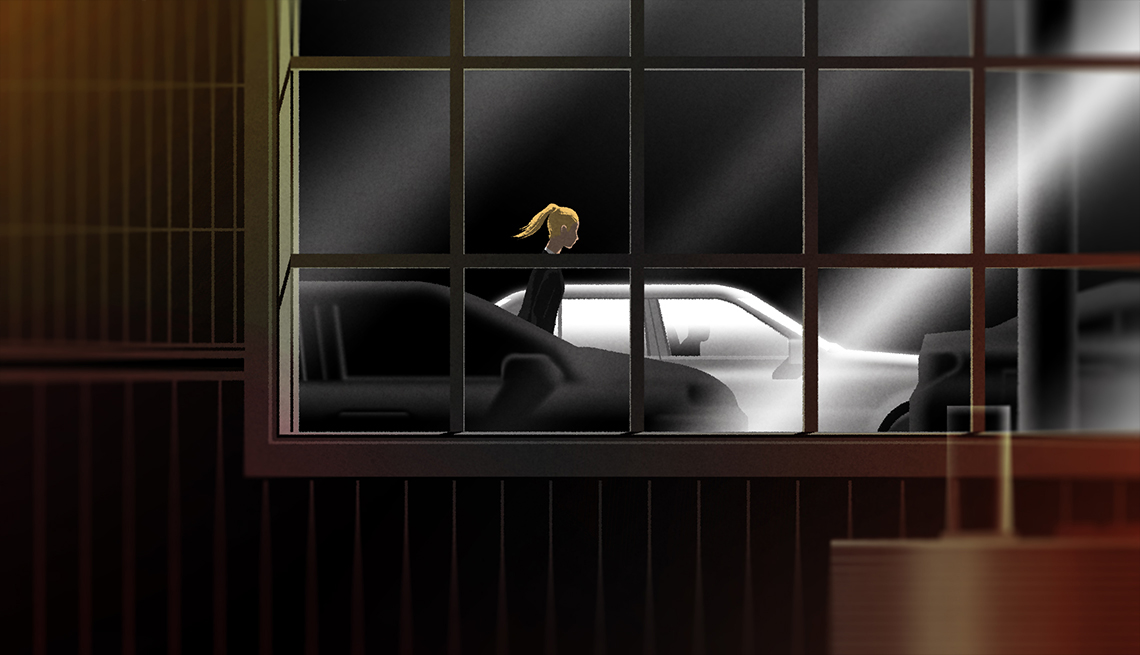
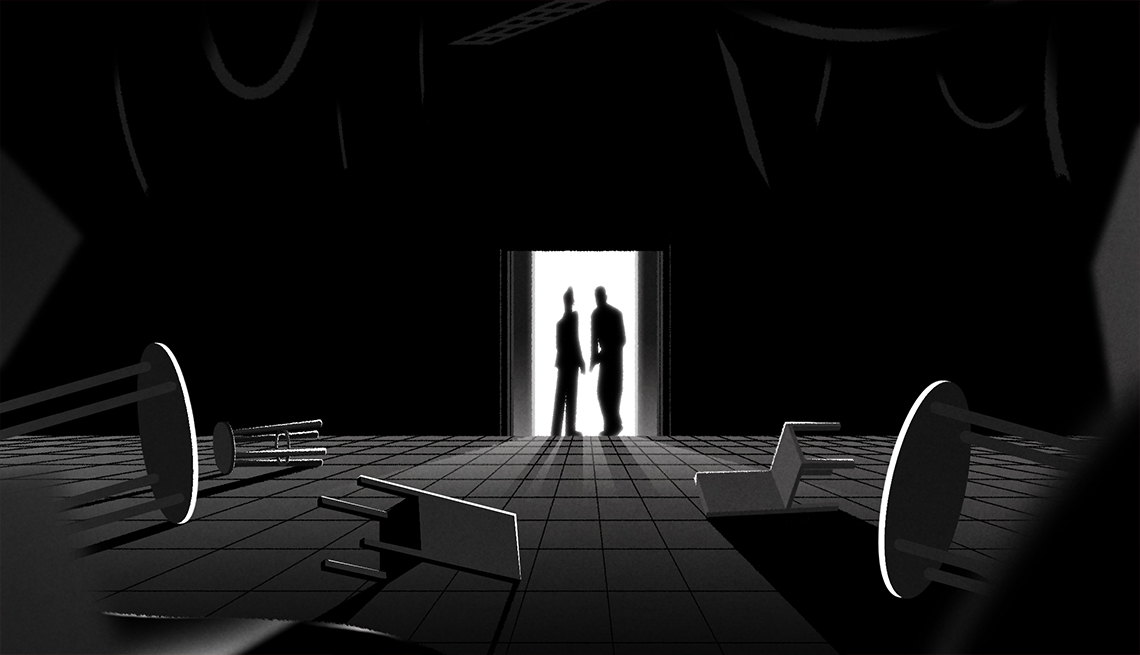
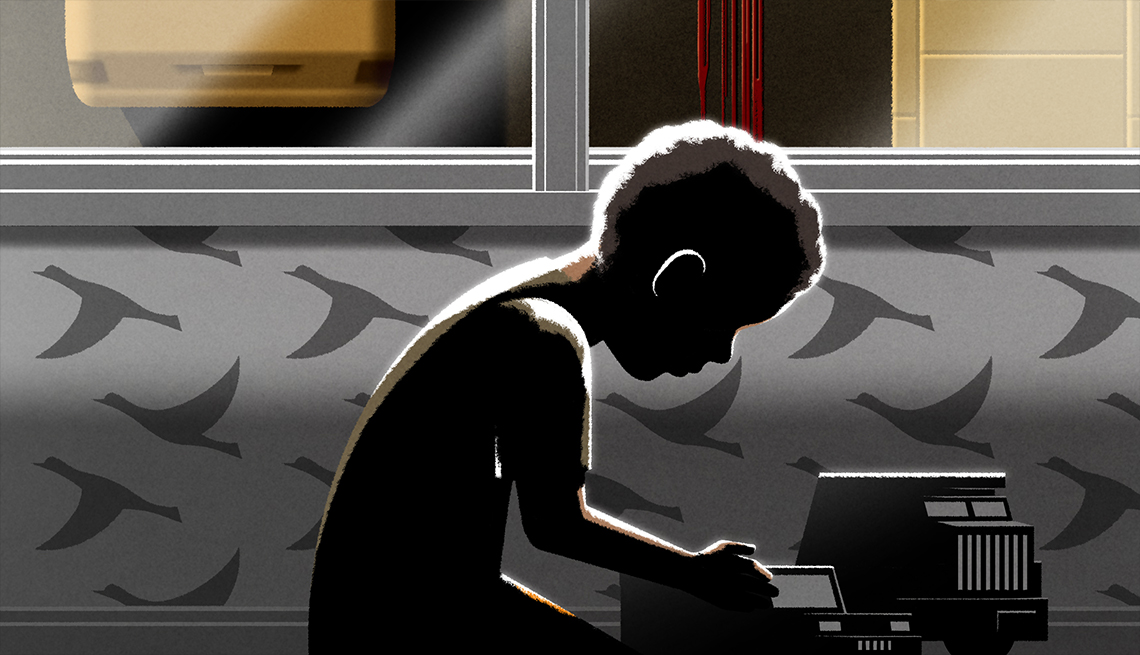
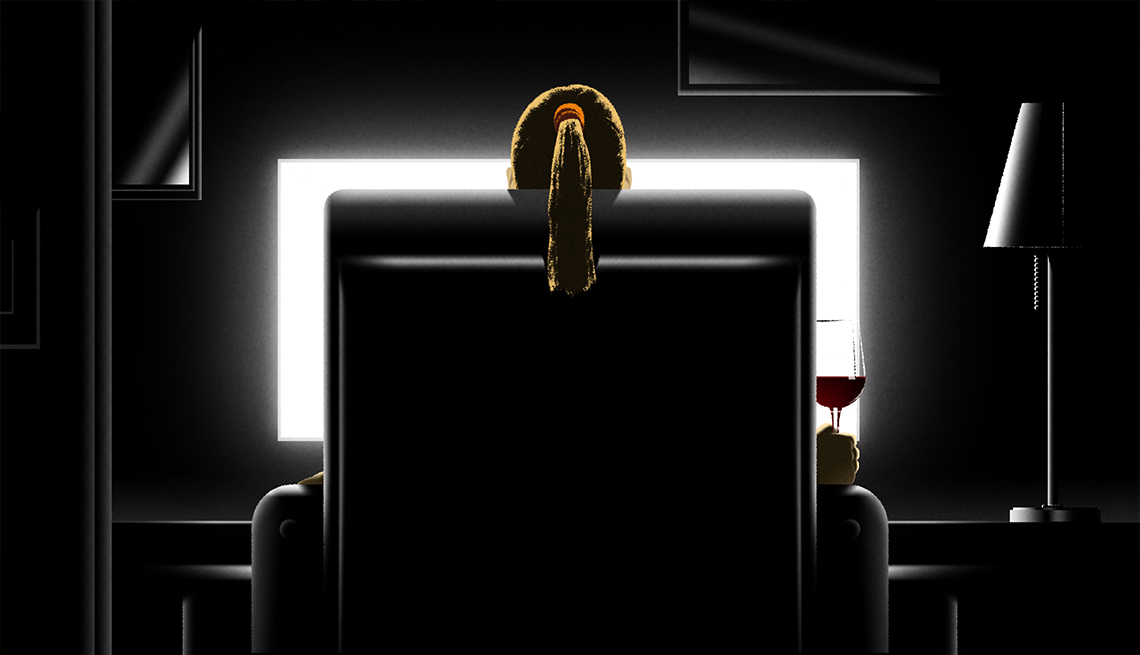
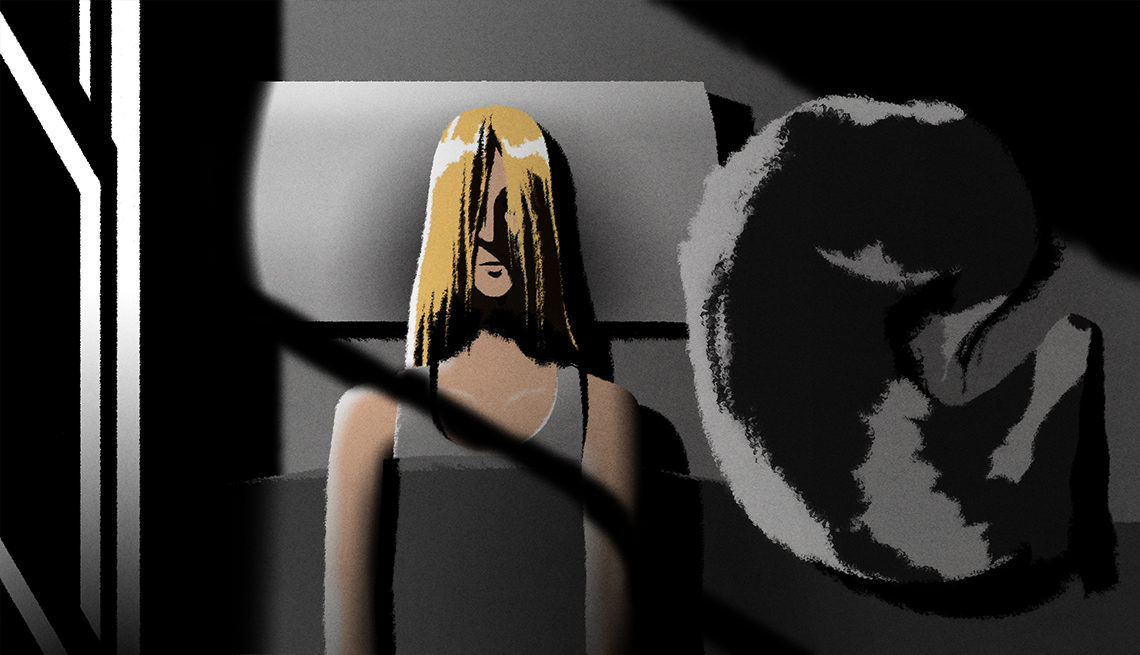
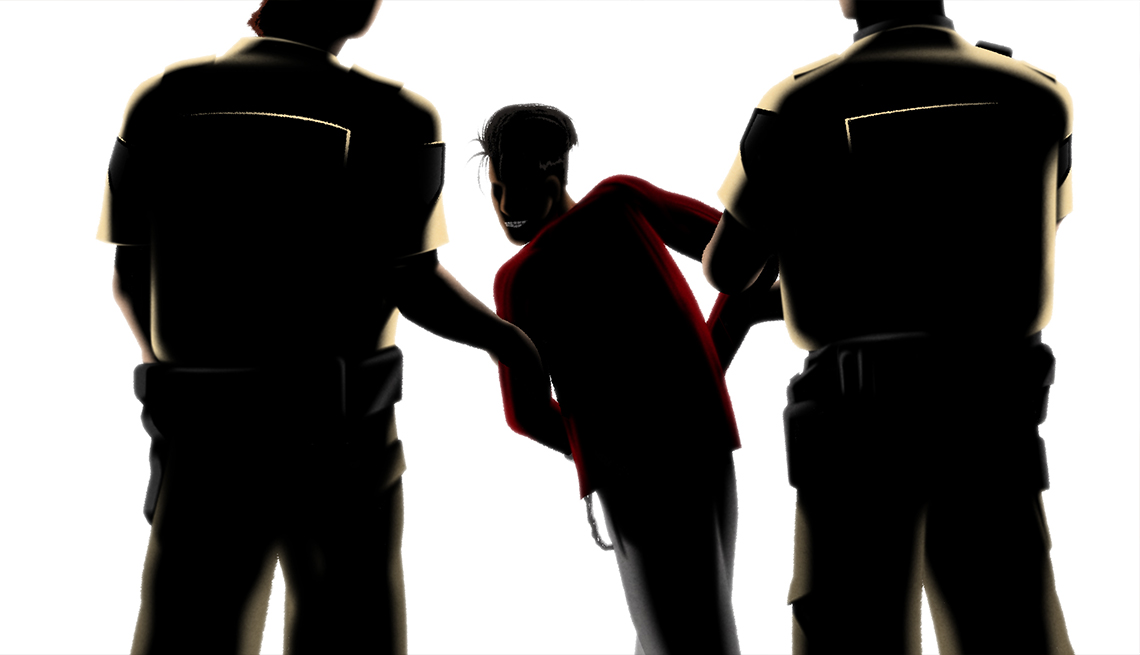






More From AARP
Free Books for Your Reading Pleasure
Gripping mysteries and other novels by popular authors available online in their entirety for AARP members